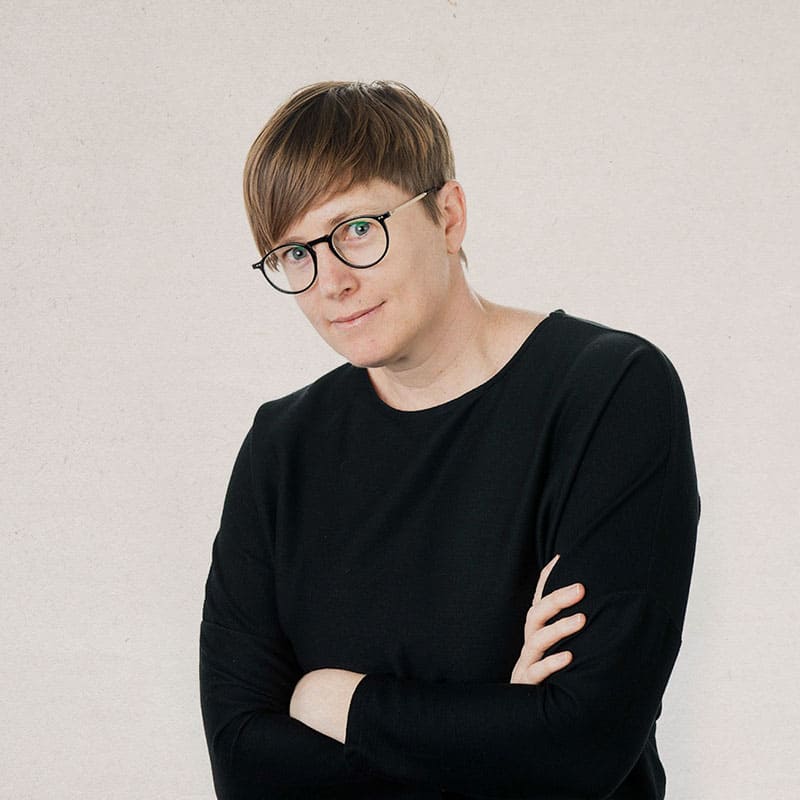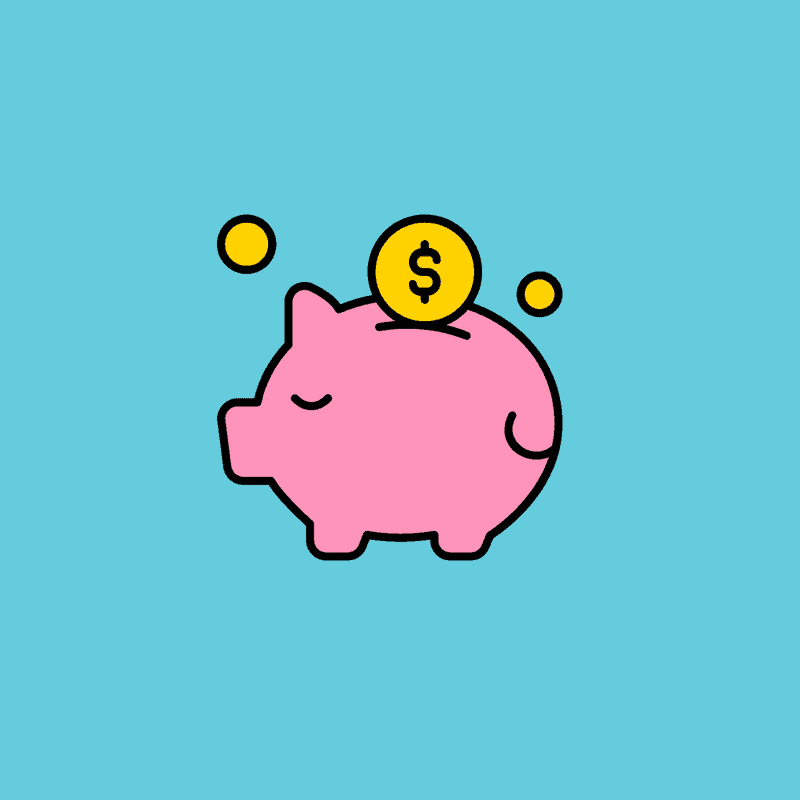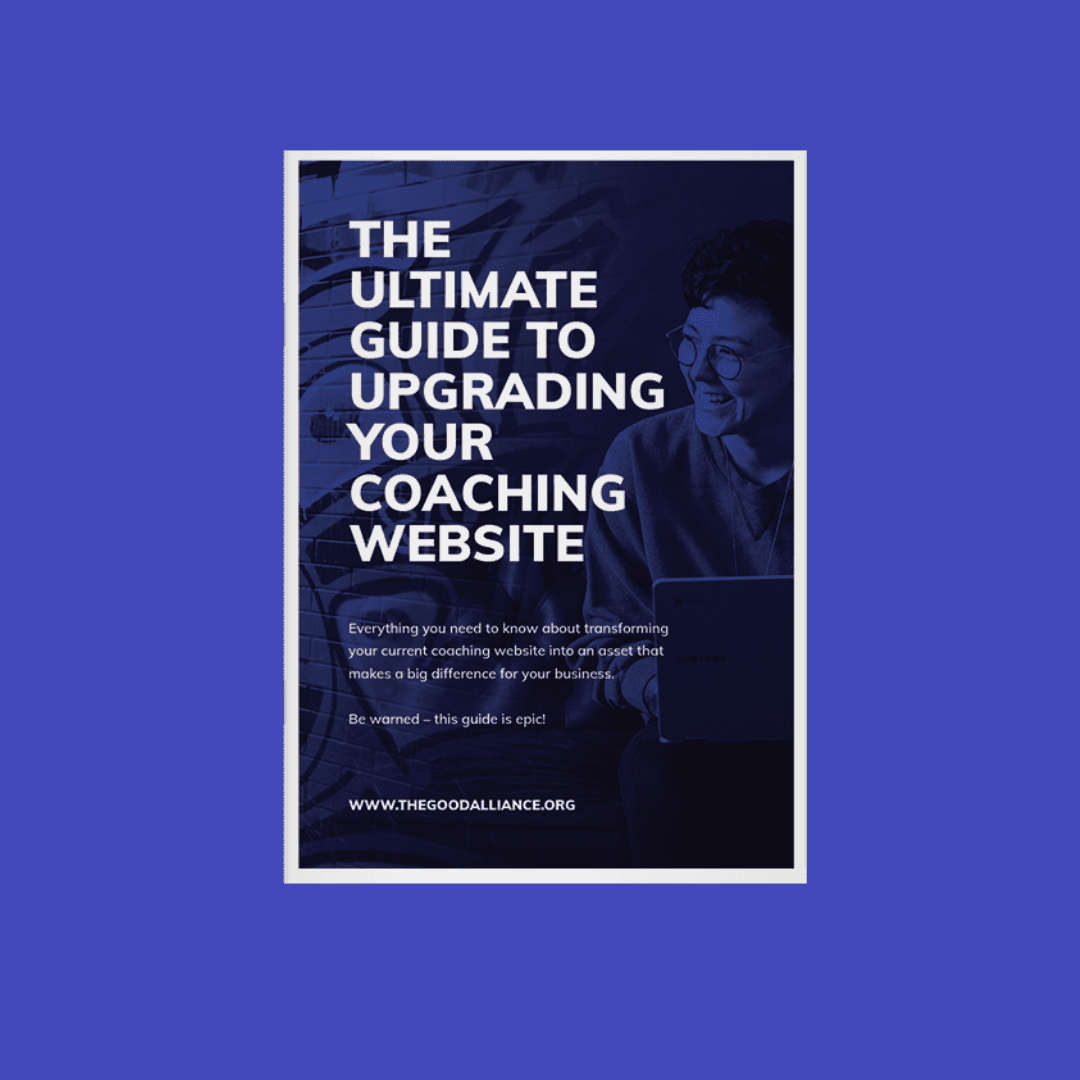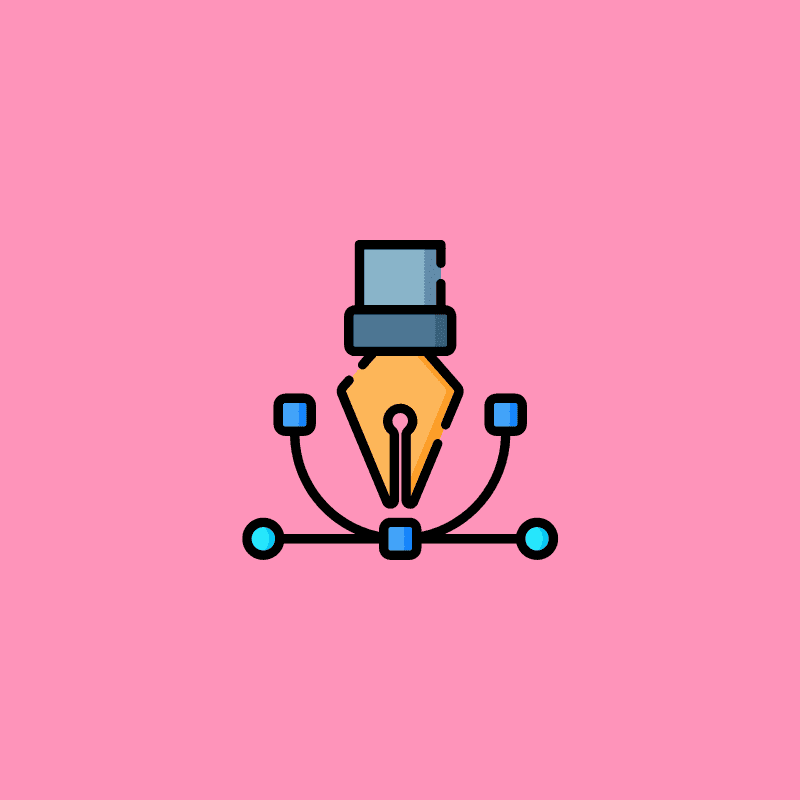Cheap design, two words that’ll have me crucified by my own industry. But before that begins, please hear me out…
We’re committed to helping solopreneurs, social businesses and non-profits build a brand that they and their customers feel good about. And design is an essential part of building that type of brand. If you want people to feel good about your brand, you need it to look good!
Most business owners get this and understand the need to invest in design.
But when you’re struggling to keep the lights on, how do you find the big bucks required to hire a decent designer to build your brand? And what’s the definition of decent anyway?
By their own admission, many business owners don’t know what good design looks like. And if you can’t see the difference between high quality or cheap design, you’ll likely err towards cheap design.
This isn’t a problem unique to design.
At the turn of the 20th century, the Arts & Crafts movement fought against this very thing regarding the industrialisation of many professions. As clothing, furniture, homewares started to be mass-produced, they lobbied on behalf of the craftsman.
At the turn of the 21st century, these items are all things we now find perfectly acceptable to mix and match.
A wardrobe of basics sourced from Primark and H&M with feature items purchased from a high-end retailer. A house filled with Ikea basics and finished with one or two bespoke or vintage items.
At once, we accept the cost-effectiveness of mass production and the quality of bespoke craftsmanship.
So how do you take this principle and apply it to curating design for your business?
1. Be clear about your overall VISION
Whether you’re curating furniture for your house or design for your business, it’s your overall vision that’s crucial to how well the combination works.
We’ve all had those trips to Ikea, where you walk away with everything except what you really needed.
If you visit Ikea without a vision of what you’re trying to achieve (and a clear plan of what you need to achieve it), you’ll walk away wondering where your time went and why you bought a load of useless stuff.
2. Understand WHERE you need to invest
If you work on your feet all day, it pays to invest in good shoes. If you don’t, you’ll likely pay for it in other ways… sore feet, sore back, knee problems.
Likewise, there’ll be key pieces of design that’ll do more heavy lifting for your business than others. For instance, your logo will likely feature across all of your communications. So investing in a good logo from the get-go is a great way to lift the quality of all of your communications from thereon out.
3. Understand WHEN you need to invest
A job interview is a perfect time to pull out the expensive pant-suit. You’re trying to make a good impression, so you’re likely to put a little more effort into your appearance for that 1 hour than you will every day once you get the job.
If you run an online business and expect to make sales through your website, then for goodness sake – invest in your website! You can’t expect someone else to invest in you if you aren’t prepared to invest in yourself.
That’s not to say that you should turn into a slob as soon as the interview or sale is completed. Rather that you should understand when you need to step things up a notch.
4. START with the more expensive items
Any initial design work you commission will become the cornerstone of your brand.
Make sure it is quality!
If you’re furnishing a house or building a wardrobe, it’s much easier to start with one or two key pieces and then curate basic, lower-cost items to complete the look. If you do it the other way around, you’ll struggle to stay within budget or find things to match.
The same goes with design.
It’s better to understand where you need to invest and get these items developed first, and then work on filling the gaps with cheap design options if and where necessary.
5. Understand that LESS IS MORE
Although design can impact a business, it’s not the quantity of design that matters, but the quality.
A few considered and well-crafted pieces will serve you better than many elements developed by different designers, in different styles, with nothing to tie them all together.
If you think about high-end fashion stores, what is it that makes them feel high end? The stores are usually minimalist, with more space and fewer items for sale.
Do you want to exude the confidence and professionalism of a higher-end service or the mish-mash chaos of Primark?
One isn’t necessarily better than the other. Just make sure where you end up is a purposeful choice.
6. Know when you need to ASK FOR HELP
If you run your own business, you have to be the keeper of your overall business vision. But when it comes to doing or curating design or creative work, you need to ask yourself if you’re the best person for the job.
Do you know how to ask for what you need? Will you know what you need when you see it? You are the only person who wins or loses if you don’t answer these questions truthfully.
Just like you might pay a personal stylist or an interior designer to guide your choices. It’s also possible to work with a graphic designer to create an overall brand strategy to implement yourself.
This brand strategy will provide you with the basic elements to create every other communication piece. Meaning that you don’t have to start from scratch every time and can commission work from other creatives with some level of confidence about what you’ll get back.
Aren’t we biting off our own hands helping you commission cheap design?
Yes and no.
We provide a high-end branding service for solopreneurs and social enterprises, and we put a lot of emphasis on the brand strategy phase of our service. Because we know this strategy is bigger than a simple logo or website, it becomes the backbone of your business. It encompasses more and has to last significantly longer than our time together.
However, we still need to justify our services’ cost because we still encounter enough people who think their brand is a website. And expect to pay £500 for both.
Yes, you can get a website built for a fraction of our full brand service cost. However, it’s like comparing a tent to a fully furnished home. They may both technically provide shelter, but they’ll provide a very different experience for you and your visitors.
And the suitability of each option depends on your situation… if you’re a happy camper, reluctant to put down permanent roots, then you need a tent.
Just don’t buy a tent, expecting the comforts of home!
Is our advice helpful?
Or do you think we are a bunch of pretentious twonks?
Tell it as you see it by leaving a comment below.
Or, if you’re ready to work with a web designer, but you’re unsure where to start, check out our article, 5 things to look for when you need a web designer.

Cat Townsend
Founder of the Good Alliance
After more than a decade spent helping big brands sell more stuff, to people that didn’t need it; Cat set a simple intention: To do more work that made a positive difference in the world. So The Good Alliance was born…














0 Comments